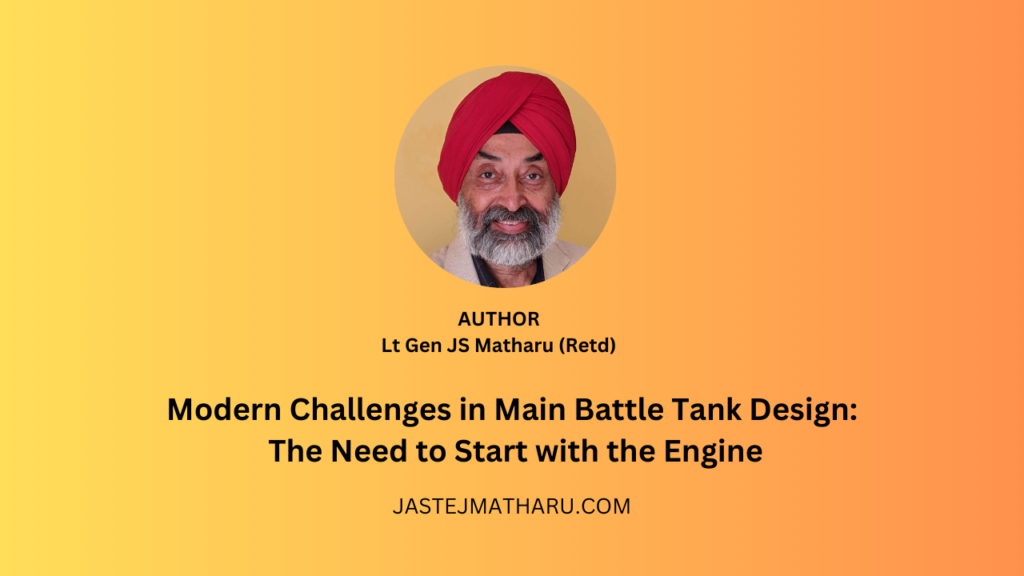
The ongoing conflict in Europe has exposed a new vulnerability in main battle tanks (MBTs) with the rise of First Person View (FPV) drones. These drones, often equipped with explosives, have proven effective at damaging tanks by targeting weak spots. This brings to the forefront the constant challenge of balancing firepower, mobility, and protection in tank design. Traditionally, tank designers have had to juggle these three factors to create an effective fighting vehicle, but new threats are changing the equation.
In a tank-versus-tank battle, firepower has always been a critical factor. As tank armor has grown stronger, the guns that pierce that armor have had to become more lethal. Modern tanks often have heavily armored frontal arcs, making them difficult to penetrate. To counter this, tank guns fire high-velocity projectiles, such as long-rod penetrators, designed to pierce enemy armor—especially when they hit a weak spot.
But firepower isn’t the only threat tanks face. Tanks must also defend against missiles, which use high-velocity metal jets created by metallic cones inside the missile warheads. Explosive Reactive Armor (ERA) was developed to disrupt these jets. However, missile designers responded with tandem charges—two-stage warheads that defeat ERA by triggering it with the first charge and penetrating with the second. This back-and-forth between armor and munitions continues, with top-attack missiles now targeting the vulnerable tops of tanks, such as the turret and engine deck, which are hard to protect without making the tank too heavy.
Now, FPV drones are introducing a new layer of complexity. These drones, controlled by operators, can strike tanks at vulnerable spots, such as the engine or tracks. To counter this threat, some tanks are now equipped with steel mesh nets above them, designed to prematurely detonate drone-carried explosives, reducing their effectiveness. While this may prevent complete destruction, drones can still disable tanks by damaging critical systems like tracks, limiting their mobility.
With all these challenges, tank protection is constantly evolving. From advanced armors to missile defenses and now anti-drone measures, the focus is on keeping the tank operational on the battlefield. But while protection and firepower see rapid innovation, the mobility side of tank design has remained relatively stable.
When we talk about mobility, we’re really discussing the engine. The engine powers the tank, giving it the ability to move and maneuver. Despite many advancements in tank technology, the engines in many tanks, both Russian and NATO models, haven’t changed much over the years. These engines have been improved incrementally with superchargers and turbochargers, but the basic structure remains the same. The only revolutionary design in recent decades was the introduction of the gas turbine engine in the M1 Abrams tank. Yet, most tanks worldwide still rely on diesel engines.
The challenge lies in producing an engine that delivers high power in a compact space while withstanding the harsh conditions of combat. Only a few companies worldwide have the capability to manufacture these engines, and having access to reliable engine technology is crucial for any nation that wants to maintain a tank force. If you can’t produce or source engines reliably, your tanks become ineffective, no matter how well-designed they are in other respects.
That’s why I believe that tank design should start with the engine. The engine dictates what the rest of the tank can achieve in terms of mobility, firepower, and protection. If you can’t guarantee a reliable engine supply, the rest of the design becomes irrelevant over time. Tanks remain in service for decades, and they need engines that can be maintained and replaced throughout their long service lives.
This focus on the engine doesn’t mean neglecting other aspects of tank design, such as firepower and protection. There are many possibilities in these areas, but they must be balanced with the weight penalty that heavier armor and larger guns impose. Ultimately, the tank’s weight must match the power of the engine that drives it. Hard choices must be made, not just by designers but by the customers who need to ensure that their tanks are operational over the long term.
In conclusion, modern tank design requires a holistic approach, but it should start with the engine. Ensuring that a tank has a reliable power source is essential, as all other features depend on it. Protection, firepower, and active defense systems are important, but without a robust engine, a tank can’t perform its role effectively. By prioritizing the engine, designers can create tanks that not only survive on the battlefield but remain operational for years to come.
